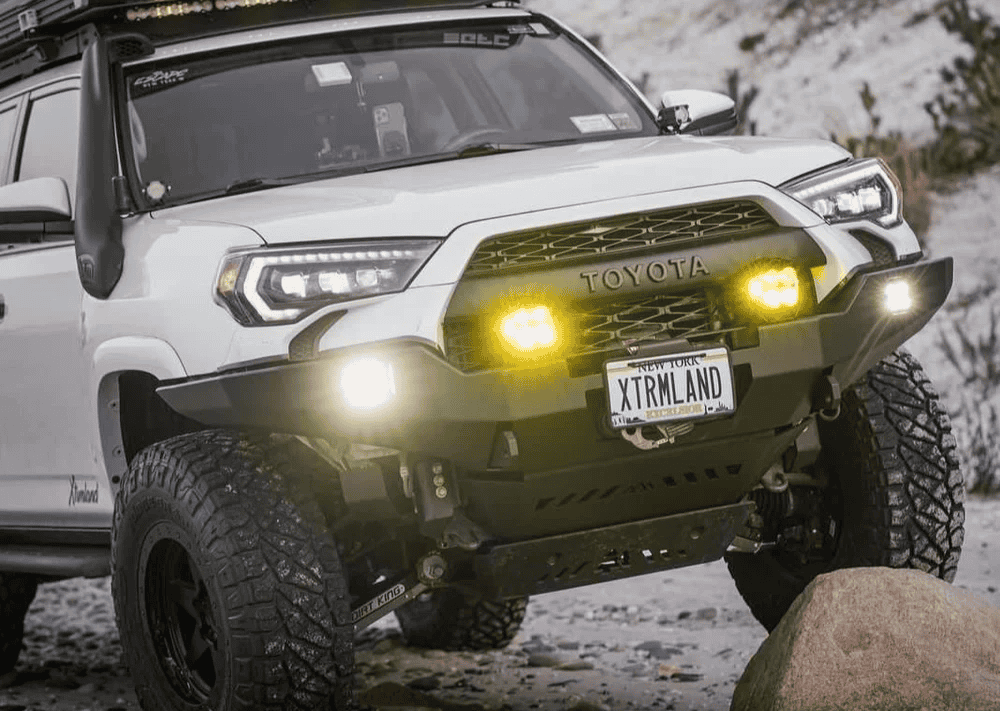Overland Vehicles

A roof mounted sleeping setup transforms road trips into genuine overnights, but the best overlanding tent depends on how and where you travel. Soft shell tents offer roomy interiors, annex options, and lighter cost, while hard shell and clamshell models shine for quick setup, improved aerodynamics, and better wind and snow performance. Aim for durable fabrics like 280 gram polycotton or rugged ripstop, a stable base with reinforced rails, and weather seals that keep dust and rain out. Mattress depth, condensation control, and four season insulation make a noticeable difference on long routes. For families or riders hauling gear, an annex or awning room can extend living space without moving camp.
Check both the tent weight and your rack’s dynamic rating, plus the truck’s static capacity. Many mid size hard shells weigh 120 to 170 pounds, soft shells can be 100 to 140. Typical dynamic rack ratings range from about 165 to 220 pounds, while static capacity can exceed 600 pounds when parked. Drive within the limits, keep speeds reasonable in crosswinds, and re torque mounting hardware after the first few trips.
Mounting a tent on a bed rack lowers center of gravity compared to roof bars and preserves cab clearance for branches. A roof mount can free the bed for bikes or totes and may work better for short beds. Either way, confirm ladder angle, door orientation, and annex entry so camp life feels natural.
Look for double layer canopies, screened windows, and insulated floors for shoulder season trips. Add a quiet 12 volt fan for airflow, and carry a moisture absorber to manage condensation in cold weather. A quality sleeping bag and an insulating pad beneath the mattress help you sleep warm without relying on bulky heaters.
An overland canopy is a purpose built aluminum enclosure for the bed that often includes side gullwing doors, internal molle panels, and modular mounting points. Compared to a standard camper shell, a canopy is easier to organize, easier to seal for off road dust, and better for integrating a roof top tent with lights, traction boards, and awnings. The result is a clean lane for cargo while keeping weight tight to the chassis.
Gullwing doors put recovery gear, kitchen kits, and tools within arm’s reach. Internal molle or L track lets you secure water, propane, and soft bags so nothing shifts on washboard. Add a slide out drawer or fridge slide to keep heavy items low and balanced.
A canopy gives you a protected place for a compact power system with a lithium battery, charge controller, and fused circuits. Wire scene lights, camp lights, and a bed light strip to a labeled switch panel. Weather stripping and positive latches reduce dust intrusion on dirt roads and keep the tent base cleaner.
When a tent sits above a canopy or bed rack, and the bed carries storage, a fridge, cookware, and a simple power setup, you have a capable f150 tent camper without the bulk of a towable. Keep it simple and field serviceable. Pack only what you use, and leave room for the unexpected.
Even a streamlined f150 roof top tent adds wind load and weight, so plan for handling changes. Consider tires with appropriate load rating, a modest suspension upgrade to manage added mass, and careful packing to keep heavy items low and forward. Expect a slight fuel economy hit at highway speeds. In camp, practice a repeatable setup routine so you can pitch the tent quickly in rain or wind, and keep a small brush handy to clear dust from the ladder and hinges.
If you regularly travel with bikes, climbing gear, or recovery kits, a canopy simplifies access and mounting. It also supports a heavier hard shell overlanding tent, frees up interior cab space, and provides a sealed home for power and water systems. For winter travel, the canopy roof is a stable base for snow load compared to basic crossbars.
Integrating real world systems takes more than bolting on parts. If you want a cohesive truck that drives well and camps even better, explore our Overland rigs approach for ideas that scale from weekend use to extended trips. For tailored rack selection, canopy fitment, power, lighting, and suspension tuning, our team offers a complete Custom overland upfit that treats tent mounting as one part of a balanced build. Curious how we work and why travelers trust us with long mile rigs? Learn more on Why choose OZK Customs.
You now know the key decisions around an overland canopy, an overlanding tent, mounting methods, safety, and gear layout. When you are ready to transform your truck into a dependable travel partner, we can plan your system around how you actually camp. Share your route style, passenger count, and gear list, and we will design a quiet on road, tough off road setup that turns every pull off into a comfortable stop.
Ready to turn your F150 into a capable overland rig built for real travel, not theory? Our team designs and installs racks, canopies, electrical, lighting, and suspension as a complete system so your tent, gear, and power all work together. Tell us how you travel and we will build a reliable setup with clean wiring, smart storage, and safe load management. Request your custom plan and schedule your build today.
ADDRESS:
6159 E Huntsville Rd, Fayetteville, AR 72701
PHONE:
(479) 326-9200
EMAIL:
info@ozkvans.com